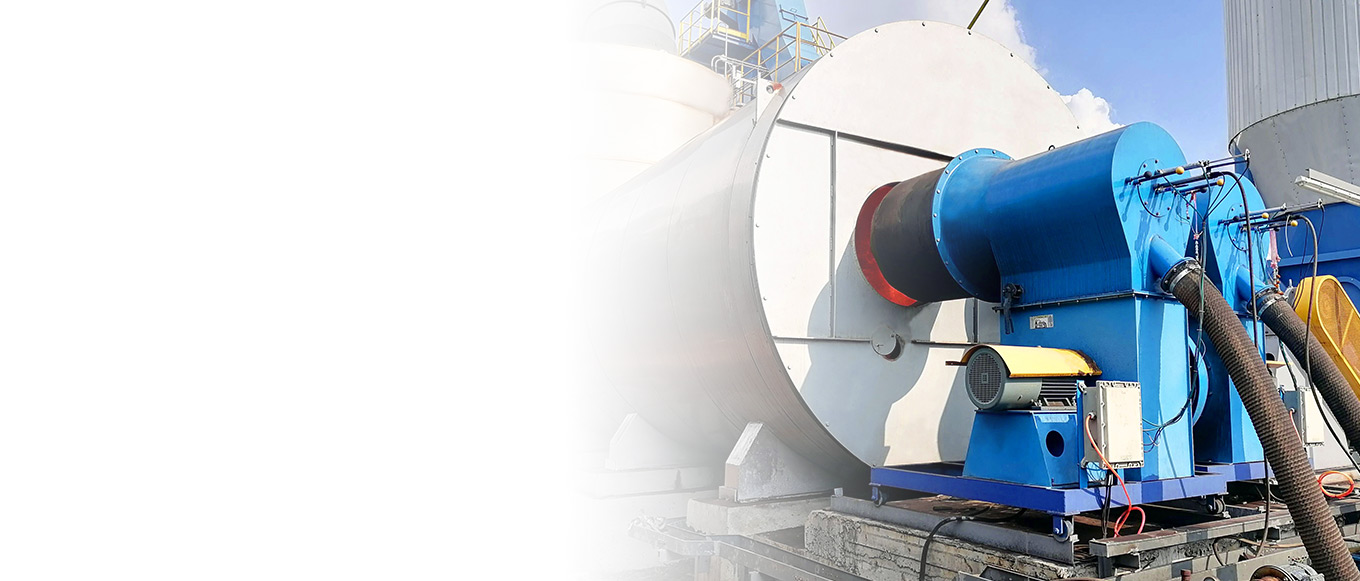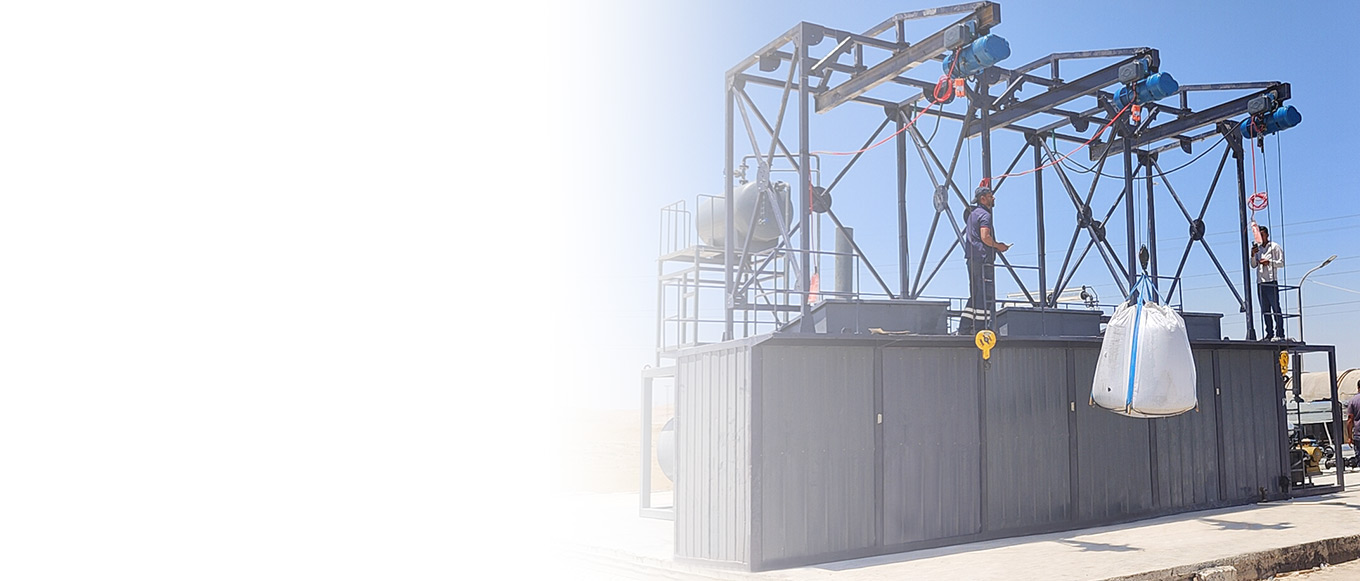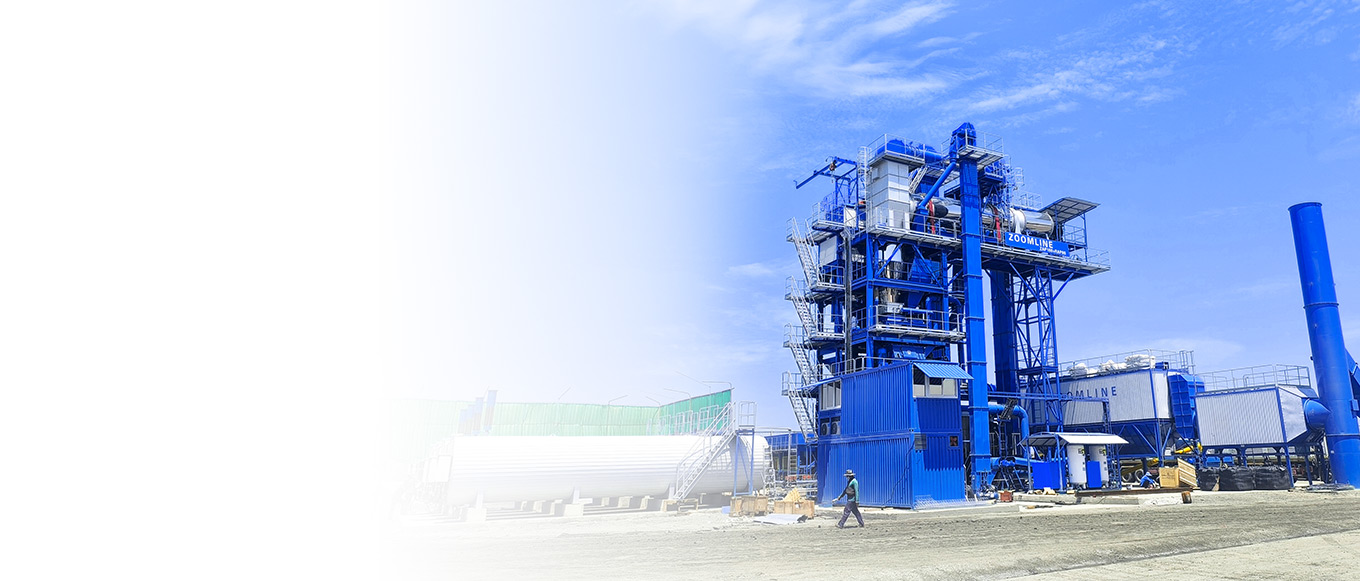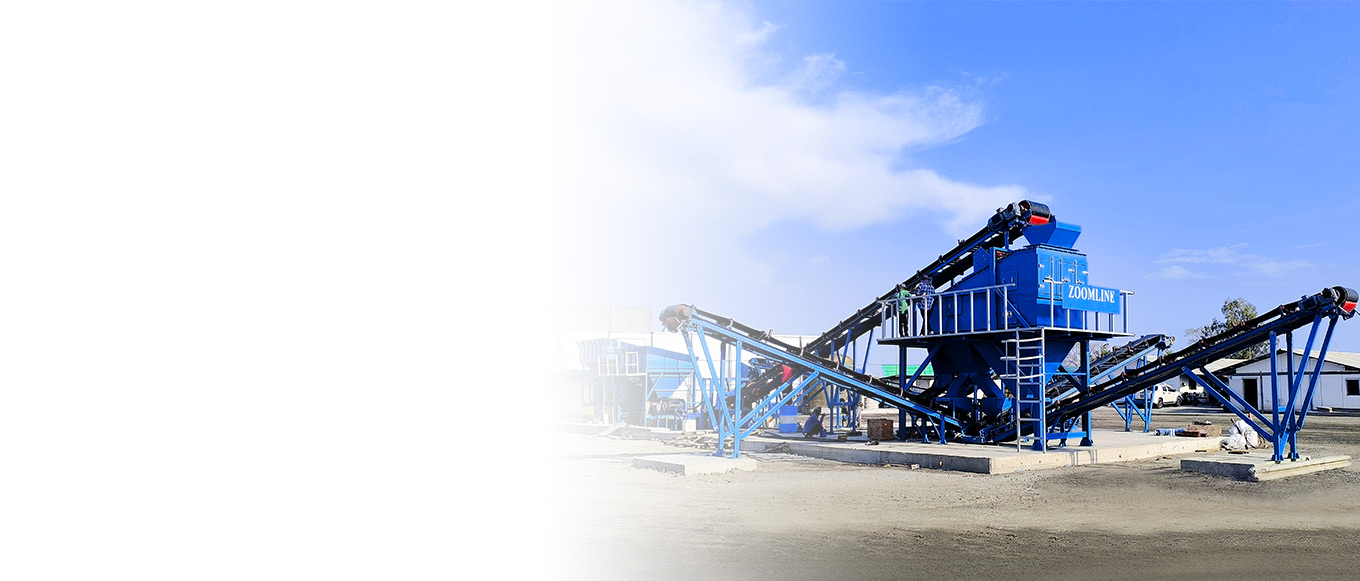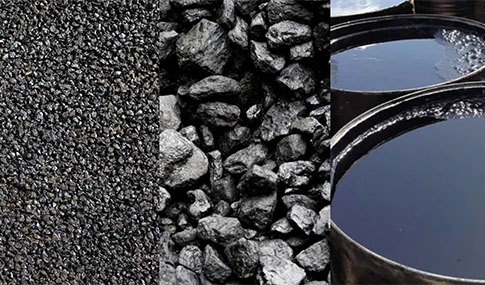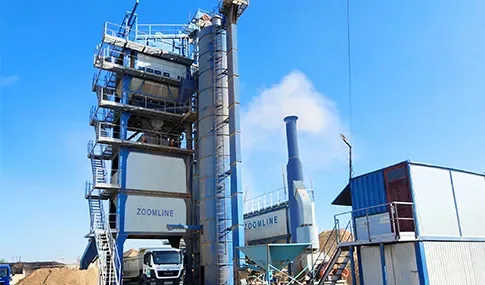In the ongoing wave of global infrastructure development, asphalt, as a core material for road construction and municipal engineering, is experiencing steady growth in market demand. Whether it’s the expansion and renovation of highways, the upgrading of urban road networks, the maintenance of airport runways, or the paving of rural roads, high-quality asphalt mixtures are indispensable. This strong demand not only demonstrates the asphalt industry’s robust resilience to economic cycles but also presents entrepreneurs with highly promising business opportunities. This article will break down the entire process of launching an asphalt mixing plant business, helping you navigate this opportunity-rich industry with confidence.
Understanding the Asphalt Market: Identifying Business Opportunities
The first step in entering the asphalt industry is to grasp market trends and provide data support for decision-making. Globally, the infrastructure boom in developing countries is driving annual growth in asphalt demand of 5%-8%, while developed countries also have stable demand for road maintenance. In the local market, it is essential to focus on regional development plans, such as government road construction plans for the next five years, industrial park expansions, and urban renewal projects, to assess the scale of demand.
Defining target customer groups is the core of market analysis. Asphalt mixing plant customers primarily fall into three categories: large construction contractors undertaking highway and bridge projects, which have high demand and stringent quality requirements; municipal departments responsible for urban public facility construction and maintenance, with stable procurement cycles; and small engineering companies undertaking rural or industrial zone road projects, which prioritize cost.
Competitive analysis should focus on the local market, understanding the existing layout of mixing plants, and identifying opportunities for differentiation. By comparing the number, production capacity, products, and pricing of existing plants, you can accurately identify untapped markets. For example, targeting blind spots in traditional mixing plant coverage, introducing mobile plants to meet the needs of small-scale projects; if there are obvious environmental shortcomings in the region, establishing a green certification system can create a competitive advantage. In-depth research can effectively reduce investment risks and ensure that funds are efficiently converted into returns.
Developing a Business Plan: Establishing a Profit Framework
A comprehensive business plan is crucial to the success of an asphalt mixing plant operation. It not only helps clarify operational strategies but also serves as a basis for securing financing. Defining business objectives is central: whether to focus on local market penetration or expand into regional markets; target the high-end specialty asphalt market or capture the mass market with cost-effective products—these positioning decisions will dictate subsequent resource allocation.
Cost calculation and revenue forecasting are the core of the business plan. Startup costs include equipment procurement (accounting for 40%-60% of total investment), land, facilities, permits, and raw material reserves. For a medium-sized mixing plant with an annual production capacity of 100,000 tons, initial investment ranges from approximately 5 million to 10 million yuan. ROI projections must consider local asphalt average prices (3,000–4,000 yuan/ton), production costs (raw materials account for 70%, labor and energy costs account for 20%), and capacity utilization rates. Under normal conditions, the investment can be recouped within 3–5 years.
The business model is closely tied to operational efficiency and requires a comprehensive consideration of both business and equipment models. In terms of business operations, a dual-track model combining “self-contracted projects + external material sales” can be adopted, or the business can focus solely on the production and sales of mixed materials. When selecting equipment, fixed-type mixing plants require significant investment but offer stable production capacity, making them suitable for large-scale production. Mobile mixing plants, on the other hand, offer high flexibility and lower costs, making them ideal for responding to projects in different locations. The optimal combination of models should be selected based on the characteristics of the target market.
Expanding financing channels is equally critical. In addition to self-funded capital, companies can apply for bank-specific equipment loans, secure government infrastructure support funds, or introduce partners for joint investment. Preparing detailed business plans and market data significantly increases the likelihood of successful financing.
Selecting Equipment: Laying the Foundation for Production
Asphalt mixing plant equipment is the core production asset, with its performance directly determining product quality, production efficiency, and operational costs. Currently, mainstream mixing equipment is divided into two categories: batch-type and drum-mix type. Batch-type mixing plants can precisely control the mix ratio of each batch, making them suitable for producing high-standard, multi-specification asphalt materials, and are widely used in key projects such as highways. Drum-mix type mixing plants have high production efficiency and lower energy consumption, making them more suitable for large-scale continuous production, and are commonly used in ordinary road construction.
When selecting equipment, four core factors should be prioritized: first, production capacity matching—select equipment with hourly production capacities of 50 tons, 100 tons, or over 200 tons based on market demand to avoid overcapacity or undercapacity; second, technological advancement—prioritize equipment equipped with automatic batching systems and intelligent temperature control devices to significantly enhance product stability; third, fuel adaptability—select equipment powered by diesel, natural gas, or biomass fuel based on local energy supply conditions to reduce energy costs; fourth, automation level, where highly automated equipment reduces labor costs while enhancing production safety.
Selecting a reliable equipment supplier is critical. Prioritize manufacturers with over 10 years of industry experience and a comprehensive after-sales service network. Conduct on-site inspections of their production facilities and operational customer cases. Pay particular attention to the availability of spare parts and after-sales response speed to avoid production interruptions due to equipment failures. When signing contracts, clearly stipulate warranty periods, maintenance terms, and technical training services to ensure long-term stable production.
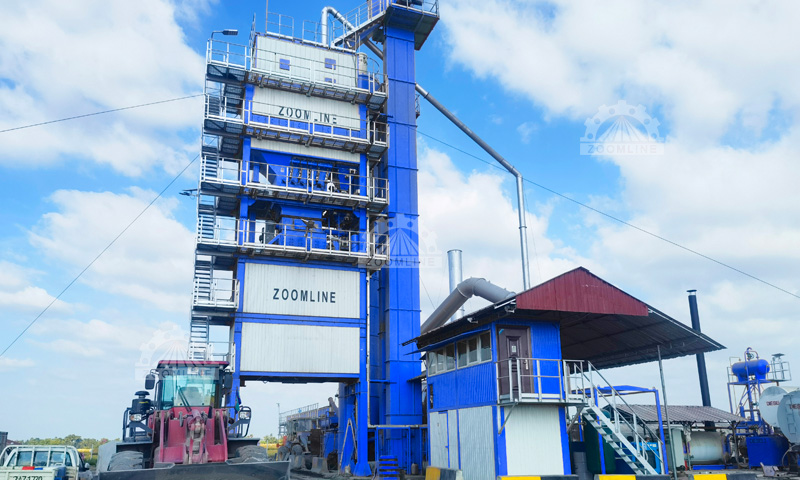
Securing Land and Qualifications: Prerequisites for Compliant Operations
The location of a land site directly impacts the operational efficiency and compliance of a concrete batching plant. An ideal location must meet three key criteria: In terms of transportation, it should be adjacent to major roads or highway exits to facilitate raw material transportation and finished product distribution, thereby reducing logistics costs; In terms of raw material supply, it should be near sand and gravel yards and asphalt supply points to minimize transportation expenses; Compliance: Away from residential areas, schools, and other sensitive zones to avoid environmental disputes, and ensuring the land use designation aligns with industrial land planning.
Obtaining the necessary permits is critical for compliant operations. It is essential to research local policies in advance. Core permits include: Environmental Impact Assessment (EIA) approval from the environmental protection department (strictly controlling dust and noise), a production license from the housing and urban-rural development department (ensuring quality standards), a land use planning permit from the land resources department (ensuring legal land use), and a fire safety inspection certificate (ensuring production safety). Additionally, some regions may require additional permits for emissions control and workplace safety. It is recommended to engage professional agencies to handle these applications to expedite the approval process.
Environmental and safety standards must be strictly enforced. For environmental compliance, install high-efficiency baghouse dust collectors and asphalt smoke purification systems in accordance with the latest requirements, set up fencing and sprinkler systems for dust control, and establish a wastewater and waste residue recycling and treatment system; In terms of safety, improve warning signs and fire safety facilities, establish operating procedures and emergency response plans, and lay a solid foundation for compliance in production operations.
Establishing an Operational System: Ensuring Efficient Production
The core of equipment installation and commissioning lies in ensuring standardized installation, comprehensive commissioning, and professional acceptance. When abbreviating, retain key steps, streamline redundant descriptions, and highlight critical procedures.
Equipment installation must be carried out under the technical guidance of the manufacturer, strictly adhering to standards for foundation construction and assembly. During the commissioning phase, ensure system functionality through empty machine test runs and material-loaded trial production. It is recommended to commission a third-party institution for testing and issuance of an acceptance report, while establishing an operational management system to ensure production continuity.
Talent team development is the core of operations. Prioritize hiring production operators, technical specialists, and managers responsible for equipment operation, maintenance, and production coordination, respectively. Simultaneously, establish a comprehensive training system requiring operators to pass assessments on equipment operation, safety precautions, and emergency response before assuming duties.
Production process optimization is the core of efficiency improvement. By establishing standardized procedures to regulate raw material inspection, ingredient mixing, and finished product storage and transportation; utilizing a production management system to monitor data, equipment, and raw materials in real time; and implementing a shift handover system to ensure smooth information flow, equipment utilization rates can exceed 85%, significantly reducing unit costs.
Building the Supply Chain: Ensuring Stable Raw Material Supply
The stability of raw material supply is critical to production continuity. For asphalt mixing plants, the core raw materials include well-graded, low-impurity sand and gravel, with 2-3 suppliers to prevent supply disruptions; asphalt is selected from 70# and 90# national standard road petroleum asphalt, with long-term partnerships established with large refineries to secure volume and price commitments; additives such as anti-rut agents are selected based on project requirements to ensure stable supply.
Supply chain management must balance cost and efficiency. Long-term agreements are signed to secure preferential procurement prices and payment terms, and a raw material inventory warning mechanism is established (15-30 days for aggregates, 7-10 days for asphalt as safety stock). For transportation, sand and gravel are procured locally, while asphalt is transported by logistics companies with hazardous materials transport qualifications, ensuring safety while reducing costs.
The finished product distribution system directly impacts operational efficiency. Optimal delivery routes should be planned based on customer distribution, with sufficient asphalt tankers allocated; a dispatch center should be established to scientifically schedule departures and minimize empty runs; GPS tracking should be used for real-time monitoring of transportation to ensure timely delivery. Efficient supply chain management can reduce raw material costs by 5%-10% and significantly enhance customer satisfaction.
Strictly Controlling Quality and Environmental Protection: Shaping Core Competitiveness
Quality is the lifeline of an asphalt mixing plant. A comprehensive quality control system must be established: raw materials are strictly inspected upon arrival, with aggregate tested for gradation and clay content, and asphalt verified for penetration and softening point; During production, hourly spot checks are conducted on the oil-to-aggregate ratio and Marshall stability of the mixture; quality inspection reports are issued before finished products leave the factory to ensure compliance with engineering standards.
Environmental protection in production is the core competitiveness of modern asphalt enterprises. This can be achieved through three key measures: installing asphalt smoke incineration devices on equipment to recover thermal energy, using variable-frequency motors and energy-efficient lighting; establishing rainwater and recycled water reuse systems at the resource end. These measures not only meet environmental standards and reduce energy costs but also help build a green brand image, gaining policy support and market recognition.
Establishing a quality traceability system significantly enhances customer trust. By creating records for each batch of products, including raw material sources, production parameters, inspection results, and application projects, the entire production process becomes traceable. Introducing third-party testing institutions for regular audits and publicly disclosing the results further strengthens market credibility.
Market Development and Customer Retention: The Key to Sustained Profitability
In a highly competitive market, marketing is the key to breaking through. Through precise positioning and network optimization, brand exposure and customer reach can be effectively enhanced.
In a highly competitive market, effective marketing is the key to breaking through. Precisely position the brand, such as “High-Quality Asphalt Expert” or “Green Production Pioneer,” and convey value through a unified brand image. Additionally, establish a professional website and optimize keywords such as “local asphalt supply” to improve search rankings and make it easier for customers to find you.
Offline channel expansion can be approached from three angles: exhibition promotion, resource collaboration, and targeted services. Participate in industry exhibitions to showcase your capabilities, collaborate with associations and supervisors to obtain project information, and tailor solutions for key clients to establish long-term partnerships.
Customer relationship management is the key to sustained profitability. Maintain customer loyalty by establishing customer profiles, conducting regular follow-ups to track demand trends, providing efficient technical support to promptly resolve construction challenges, and offering incentives such as bulk purchase discounts and advance payment discounts. Leverage high-quality service and consistent product quality to reduce customer acquisition costs through word-of-mouth referrals from existing customers.
Monitoring Operations and Planning Expansion: The Path to Long-Term Growth
Implement data-driven, dynamic optimization through refined operational monitoring. Establish production and operations ledgers to track daily production volume, sales volume, and raw material consumption; analyze costs and profit margins weekly; and assess equipment utilization rates and customer satisfaction monthly. Identify cost pain points such as fuel overconsumption and raw material waste through data analysis, and develop precise improvement plans.
Equipment maintenance and upkeep are critical to preventing production interruptions. Establish a scheduled maintenance plan to regularly clean, lubricate equipment, and replace wear-and-tear parts; use sensors to build a fault warning system to monitor the status of critical components in real time and proactively identify potential issues; Stock common spare parts to reduce repair time. Scientific maintenance can reduce equipment failure rates by over 60% and significantly extend equipment lifespan.
Timely expansion is key to capturing the market. Once the local market is stable, focus on two areas: capacity upgrades by expanding equipment and optimizing production lines to increase output; and service expansion by introducing mobile mixing plants to undertake surrounding projects. Simultaneously, monitor emerging technologies like warm-mix asphalt and recycling, and promptly adopt them to enhance competitiveness. Regularly assess emerging markets such as municipal maintenance and specialty asphalt to steadily expand your business scope.
Conclusion: Seize The Infrastructure Boom and Embark on a New Journey in The Asphalt Industry
Launching an asphalt mixing plant business requires comprehensive process control. Core success factors include precise positioning, equipment reliability, quality control, efficient supply chain management, and customer retention. Under the infrastructure development boom, adhering to compliance, quality, and environmental protection ensures a promising future for this business.
If you are interested in entering the asphalt mixing plant sector, it is advisable to start with market research and business planning, carefully select equipment suppliers, and build a professional team. By advancing all tasks steadily and systematically, you can achieve both economic benefits and contribute to regional infrastructure development, thereby enhancing both commercial value and social benefits.



